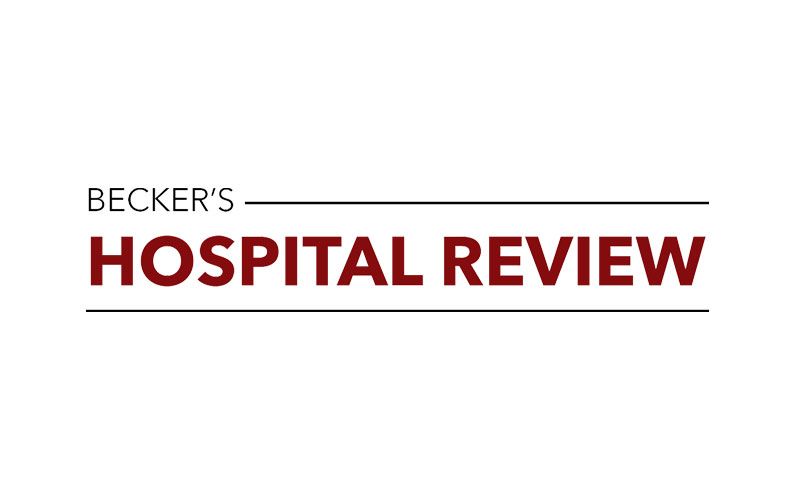Will the healthcare bubble burst? 19 key perspectives
September 11, 2017 | Laura Dyrda | Becker’s Hospital Review
“Healthcare spending has been a topic of national conversation over the past decade as it continues to increase despite efforts to reduce waste and overall costs. The Affordable Care Act sought to curb spending through pay-for-performance measures instead of fee-for-service, and while the current administration takes steps to dismantle the ACA the goal for revising the healthcare system is largely the same: increase quality while decreasing costs.
Americans spend around $3.5 trillion on healthcare annually, according to CMS, and continue to see premiums rise. How sustainable are current trends in healthcare spending? Will patients continue to have access to care at the same rates they do now? How much waste is left to squeeze out of the system?
Here, 19 healthcare industry leaders and economic policy experts share their perspective on the healthcare bubble, addressing the industry’s unique characteristics and opportunity for disruption while also considering whether the bubble will burst. Respondents are listed in alphabetical order, and categorized by whether they responded in the positive or negative.
Note: Responses have been lightly edited for style and clarity.
Yes, it could burst any time.
Brooke LeVasseur, Chief Business Officer of AristaMD (La Jolla, Calif.): “The healthcare bubble is indeed about to burst, most likely within the next two to three years. The traditional fee-for-service healthcare model, where hiring mirrors the ever-increasing volume of care services, is in the midst of its metamorphosis into value-based care. At the same time, healthcare faces a predicted shortage of 46,000 specialists by 2020, which will shift an even heavier weight to primary care physicians’ shoulders as they struggle to treat more patients, more quickly and at a lower cost, all while achieving better outcomes. To successfully adapt to this new reality, organizations will need to embrace a collaborative care model that values working smarter, not longer, to paraphrase the well-known concept.
Just as other industries embraced technology to achieve once-impossible goals, so can healthcare deliver care in a smarter, cost-efficient manner via telehealth. Bypassing the barriers of time and space, physicians and specialists can asynchronously and electronically consult regarding patients’ individualized care plans for rapid diagnosis and treatment at the lowest possible cost.
In conclusion, the implosion of the current healthcare model is unavoidable. However, by leveraging the hard-won lessons of other industries and integrating advanced technologies to drive efficiencies and outcomes to a new level, healthcare can not only survive, but thrive, in the future world of value-based care.”

